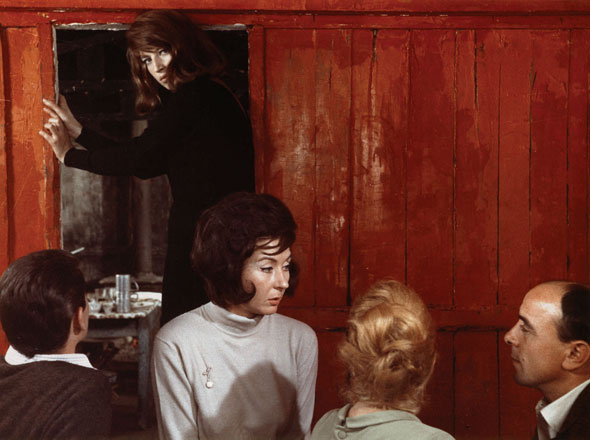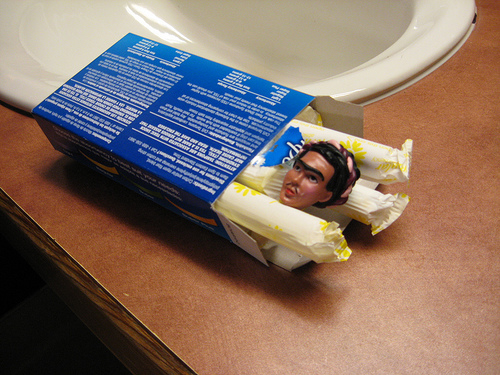
“Red Desert” (1964)
Director: Michelangelo Antonioni
Starring: Monica Vitti, Richard Harris
35mm color print, with subtitles
At the Gene Siskel Film Center (164 North State Street)
Until November 17
Michelangelo Antonioni’s “Red Desert” is the fourth part of the Italian master’s unofficial alienation tetralogy. The film follows on the heels of the last sequence of his 1962 masterpiece “L’Eclisse,” where Antonioni captures the apocalyptic emptiness in the Bauhausian architecture of Rome’s N.U. district. Although “Red Desert” is Antonioni’s first color film, it shares with the earlier black & white films of the tetralogy, its protagonist Monica Vitti. In this film she plays the equally sensual and neurotic Giuliana a woman married to a plant manager, but who is quickly seduced by an engineer, Corrado (played by Richard Harris) on his way to a neighboring community to set up a factory
“Red Desert” is Antonioni’s first and perhaps only effort to begin a narrative with the bourgeoisie family and end with a working class one. The film begins with a car announcing that there is a strike and that the worker responsible for the industrial noises is an outcast of the trade union. Antonioni poses the problem of Marxism being limited to the plight of the workers through trade unions in a novel way, as if to present it on the outside of the bourgeois pathology at hand. Later, the argument presented by Antonioni in the claustrophobic orgy scene is that the bourgeoisie are left talking about the sexual act whereas the working class “do not talk, they just do.” However, like in all modernist artworks Antonioni is guilty of looking at the problem of the working class and their relationship with the bourgeoisie through the lens of the bourgeoisie.
Giuliana then finds solace in the repetitive resonances of “father time”, to quote Warhol, represented by the hollow sound of the ship, her son and the possibility of him being handicapped (another physiology explored) or the reverie of the sensual dream of the teenage girl bathing in the sea and at the beach.
A trained architect, Antonioni’s films typically make use of minimalistic architecture, linking the clean cuts of the architecture to the fragmented psyche of his characters. Antonioni once approached Mark Rothko at a gallery and pompously claimed that their respective artworks were essentially dealing with the same thing. According to the story, Rothko promptly agreed.
The film is known for its use of color, which has been called “non-psychological” by several critics. For the film, the Italian maestro had the landscape spray painted to deliberately create a sensorial whole out of color instead of using it to merely underline a denotational psychological concern. In an interview with the Jean-Luc Godard, Antonioni pronounced his use of color as being both physiological and psychological. In this way he creates a succession of situations where the color and Vitti’s exceptionally underplayed neurosis are symptomatic of the reified disconnect.
Antonioni, criticized by many of his detractors for his overuse of symbols, continues the elliptical narrative of his earlier films, where the empty temporality of the bourgeoisie characters piques their own voyeurism. The master has all his symbols in place, starting with phallic symbols of the cranes in either a state of erection or recoil, the symbol of the ship representing the super-historical and the framing of machines at the factory denoting the whole that is the brain.
Antonioni’s vision of capital is one of a closed system where the nature of the problem is as important as the conditions that create it. The empty temporality of his characters affirms a situation where human time is at the mercy of capital instead of it being used to appropriate capital. The film also uses a number of remarkably mechanized sounds, which blend with Giovanni Fusco’s avant garde score and reflect the affective state created by machines and the qualitative nature of time it creates.
If Antonioni is hopeful about the future of man it is only through the woman represented by Giuliana and the bourgeois man represented by Corrado. Giuliana’s sexual encounter with him is the new condition for the problem of her neurosis. For Antonioni, stating the problem in this fashion gives the situation the possibility of being resolved.







